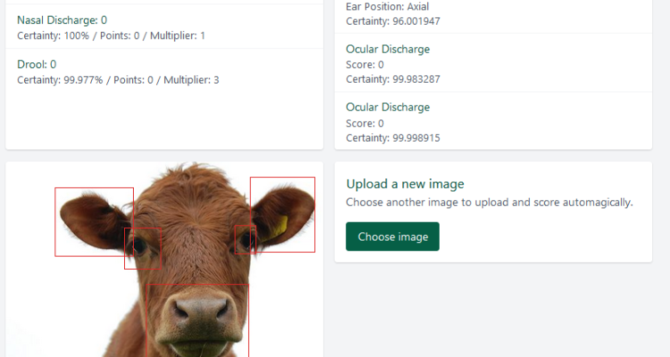Impact Stories
The WDCC showcases data science applications that have a positive impact on our everyday life. These act as a base for further cooperation with partners, development of research, education, and display any essential requirements in data management and infrastructure. Below a number of impact stories are shown which give an impression of the possibilities in data science.
Highlighted Impact Stories
Deer or boar? Agouti helps determine species in millions of images
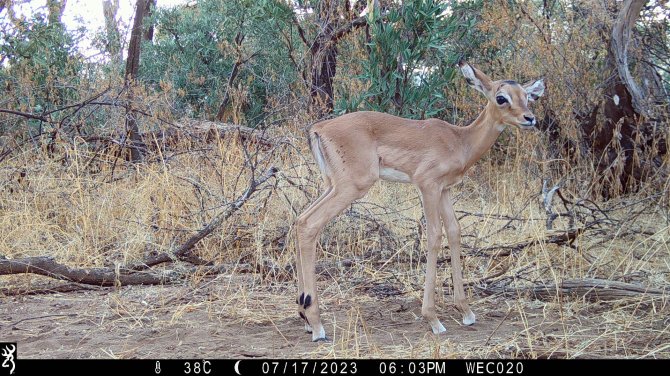
Wildlife cameras today are in all sorts of places: in nature reserves and gardens, on ecoducts, on rocks by the sea, next to a dead animal or in an agricultural solar park. The images from these cameras can be managed in the platform Agouti. Artificial Intelligence (AI) helps analyse the images.
Sensors measure animals' energy levels
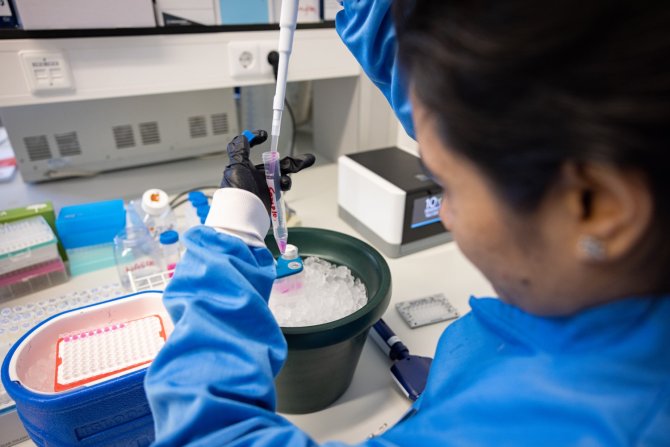
Do farmed fish suffer from a change to the farming system? How can you find out whether a population of wild animals suffers from a disruption to their habitat? These are questions scientists are better able to answer nowadays thanks to the use of sensors. This technology offers all sorts of possibilities in the near future, both in livestock and fish farming and in the wild.
Making sense of mosquitoes with machine learning

How do bumblebees land on a flower? Does LED lighting in their greenhouse affect their pollination activities? How can you best combat the deadly malaria mosquito? Smart software can be a useful tool in answering such questions. Wageningen University & Research (WUR) professor Florian Muijres and his team are teaching computers to recognise the flight movements of insects and birds. They hope this will help them to better understand animal behaviour.
WUR researchers grow cucumbers using artificial intelligence
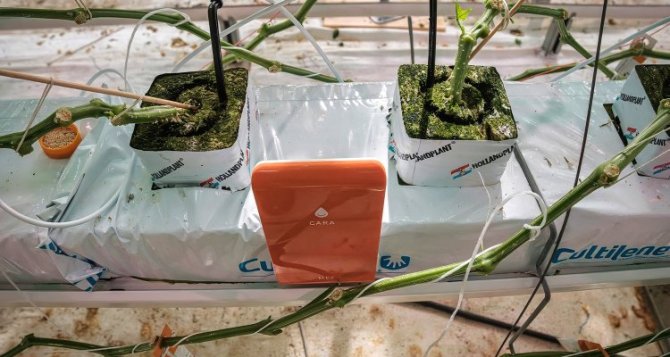
The public-private partnership project AGROS seeks to develop an "autonomous greenhouse" with remotely controlled cultivation through AI. Profitable cultivation is achieved through algorithms and sensors that monitor key crop characteristics and support decision making.
Artificial intelligence in horticulture records flower properties

AI in floriculture helps capture flower characteristics. Researchers at Wageningen University & Research see many future possibilities. Ron Wehrens: "Breeders can use registration information with AI in their own operations and development where experts are not available."
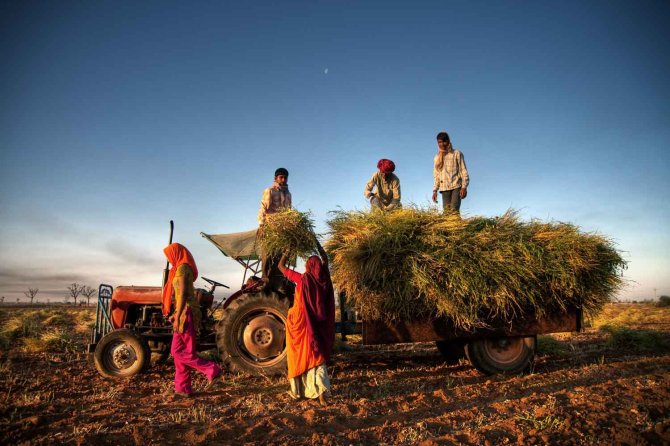
Farmers all over the world try to optimise their yield of wheat, rice, maize, grain legumes or tuber crops. However, they often have lower yields than they wish or target. Wageningen University & Research has a tool that aims to change this: the Global Yield Gap Atlas. Companies, governments and non-profit organisations are making good use of it.
Food security dashboard
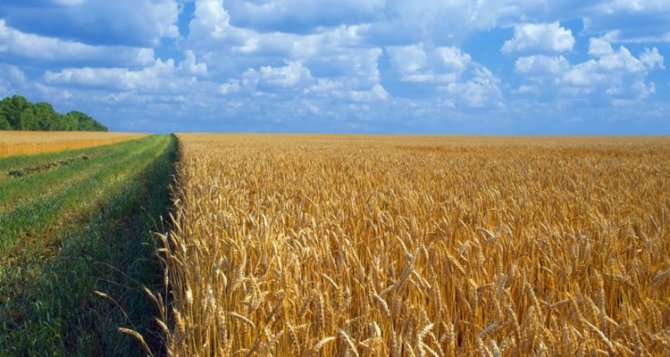
The war in Ukraine is affecting the food market, but how exactly, and for how long, is still difficult to predict. Wageningen University & Research has now conducted a preliminary analysis into this impact. One product that has resulted from the analysis is a free and openly accessible dashboard where all the relevant data can be found. “It’s pretty unique that all that data is accessible through a single, interactive website,” says Data Architect Eugene Westerhof.
Detecting disease with computer vision
